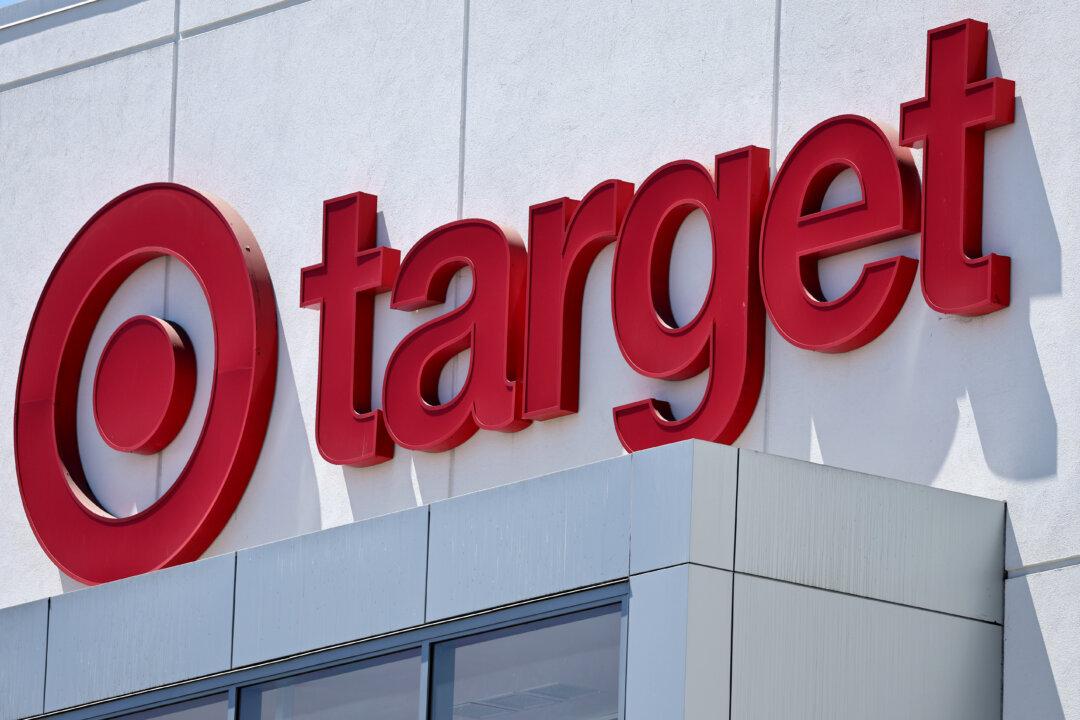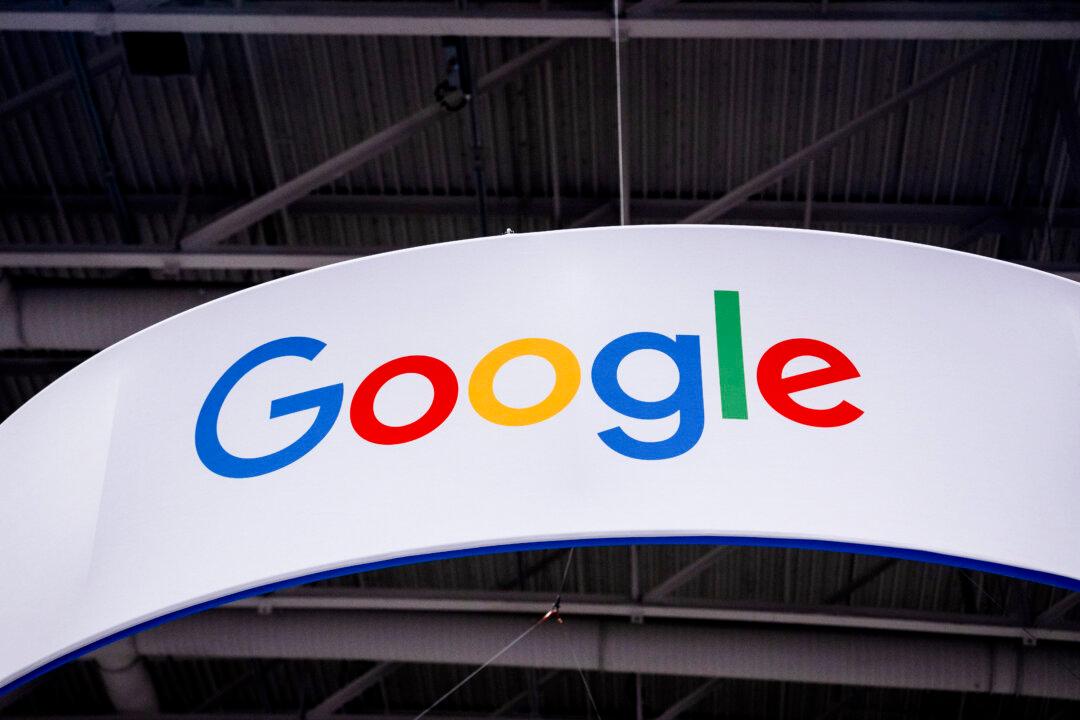In another busy earnings week for the consumer retail sector, President Donald Trump’s decision to proceed with 25 percent tariffs on Canada and Mexico caused Wall Street to stomp the brakes on the near-term outlook for hard and soft goods merchandisers.
In research notes shared via email with The Epoch Times following the fourth-quarter earnings for Target Inc., Ross Stores Inc., and Best Buy, Bank of America’s Global Research team lowered their yearly outlook for all three retailers owing to tariff concerns and inflation-wary consumers.





